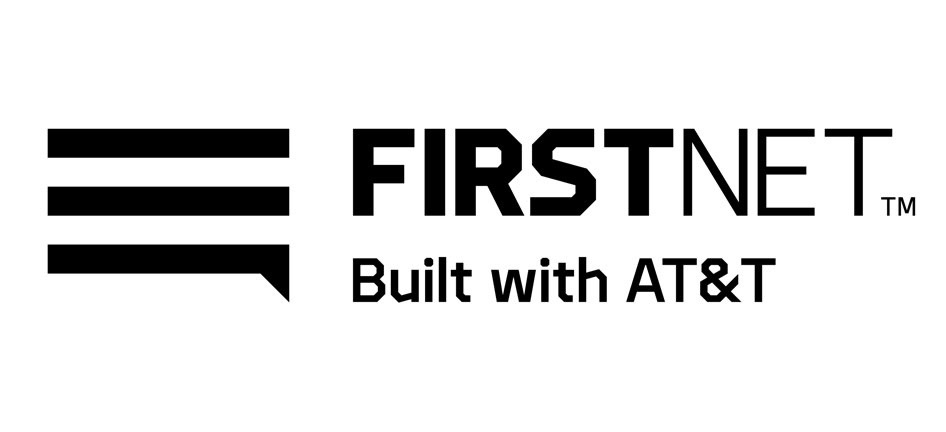All this "FirstNet" stuff came about as a result of the World Trade Center, when Federal bureaucrats and politicians claimed that the entire communications systems working at and around the WTC were insufficient or failed outright. Yet, with all the hullabaloo about "radios" and the like at that scene, none of the major agencies in and around NYC changes their radio ways of operation since then.
Not so much. The big push for interoperability came about in response to 9/11. Back then, mobile broadband wasn't much of a thing, the technology just wasn't there.
700MHz and P25 were heavily pushed in response to 9/11, even though neither of those would have helped. The idea was 'interoperability' required digital. Not the case. Analog works fine, but radios have to be programmed. If you look at the DHS NIFOG, you'll see a lot of what 9/11 generated.
There was some idea that NPSBN/FirstNet would be used for some level of communications in a disaster, but that included telephone calls. While there is the ability to use NPSBN/FirstNet for PTT over LTE, it's not as useful as some hoped due to delays in call setup. Kind of like NexTel when new users would cut off the first part of their message.
The problem was too many people, both inside and outside politics, commented...mostly negatively...about what they heard on after-the-fact recordings, and putting civilian "spin" on what they heard, based on "knowledge" they gleaned from watching TV police and fire shows (similar to those who say that a cop apprehending an armed felon should have "shot him in the hand..or leg...").
True, but that's usually what happens. Winston Churchill said "Never let a good crisis go to waste".
When, where and why did Winston Churchill say, “Never let a good crisis go to waste? ” (2020) - Quora
And many companies that profit off public safety make good use of that. Suddenly "interoperability" required buying all new equipment and systems. NPSBN rode in on that, but it was the US Government that pushed for it. AT&T didn't think it up on their own, they were just one of 3 big bidders.
Truth is, there were already some priority telecom solutions in place, but it required dialing a prefix to access. Voice phone calls over FirstNet just automate the process.
After AT&T cashes all the checks from distributing this FirstNet, much of the hardware involved will sit in cars' glove compartments or in office draws, seldom used even for drill purposes, causing a lack of operational knowledge and a general lack of interest in using it.
Not sure what gives you that idea. FirstNet was used to replace a lot of the mobile data terminal systems. The old mobile terminal systems used in public safety were painfully slow and costly to maintain. After all, you can only do so much with a few kilobytes per second. Going to FirstNet, Verizon or any other LTE system opened up a lot of possibilities that would have been difficult for agencies to produce on their own. Having high speed data in the field allows photos, video, building plans and a lot of other tools to be used. Without the LTE networks, that would have not been possible for most agencies.
And no agency is required to use FirstNet. They can use any carrier they want. Many agencies also use more than one carrier. The CradlePoint type devices will often support more than one SIM card, so having multiple carriers available solves a lot of coverage issues and adds to reliability. In addition, the CradlePoint devices can use WiFi, so having hots spots available for agencies is a handy option.
Many agencies have also migrated their hand held devices to FirstNet, so it's not something that's going to get tossed in drawer. The people use them every day for phone calls, data, texting, etc. The rates are pretty cheap, so it's been a cost savings for some agencies, although Verizon has done their best to compete.
Nice thing is there are choices, and that's a good thing.

 urgentcomm.com
urgentcomm.com


